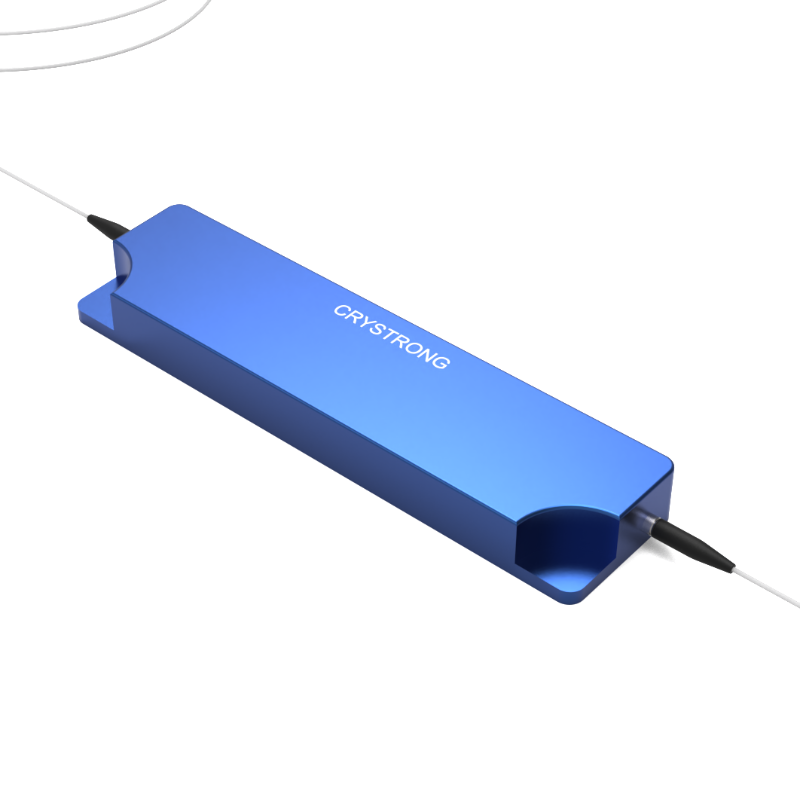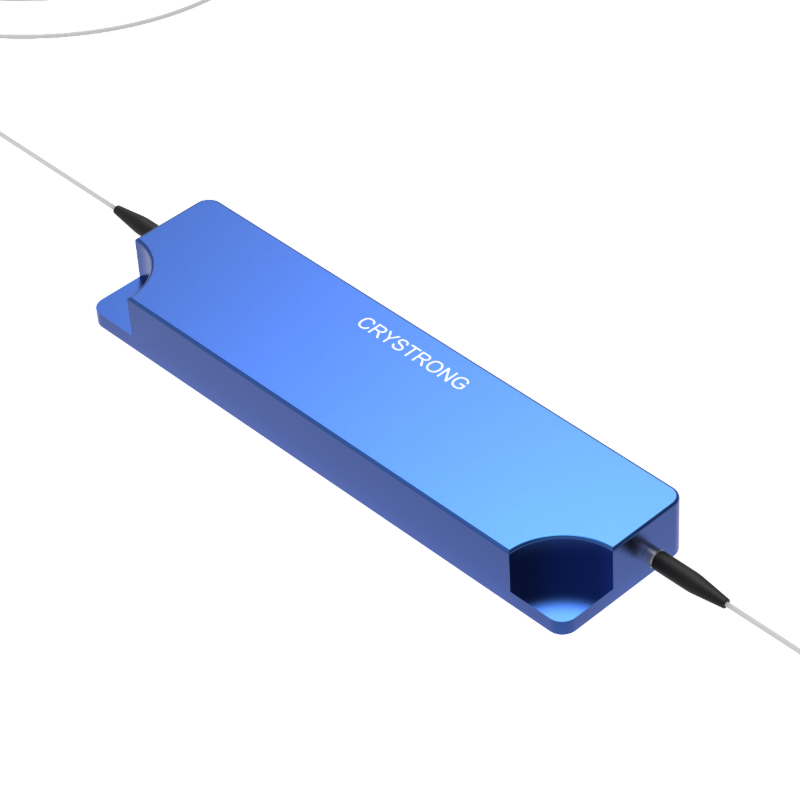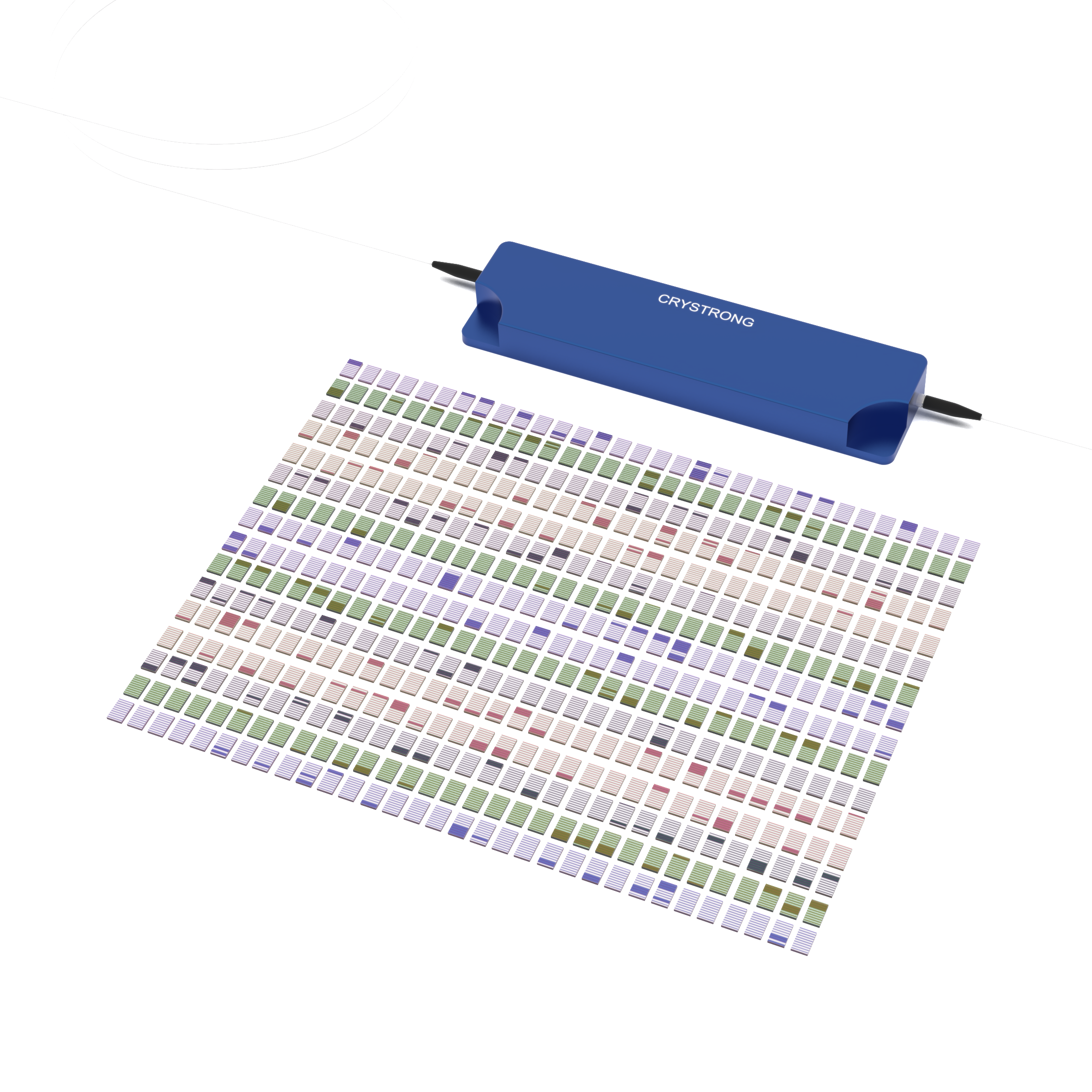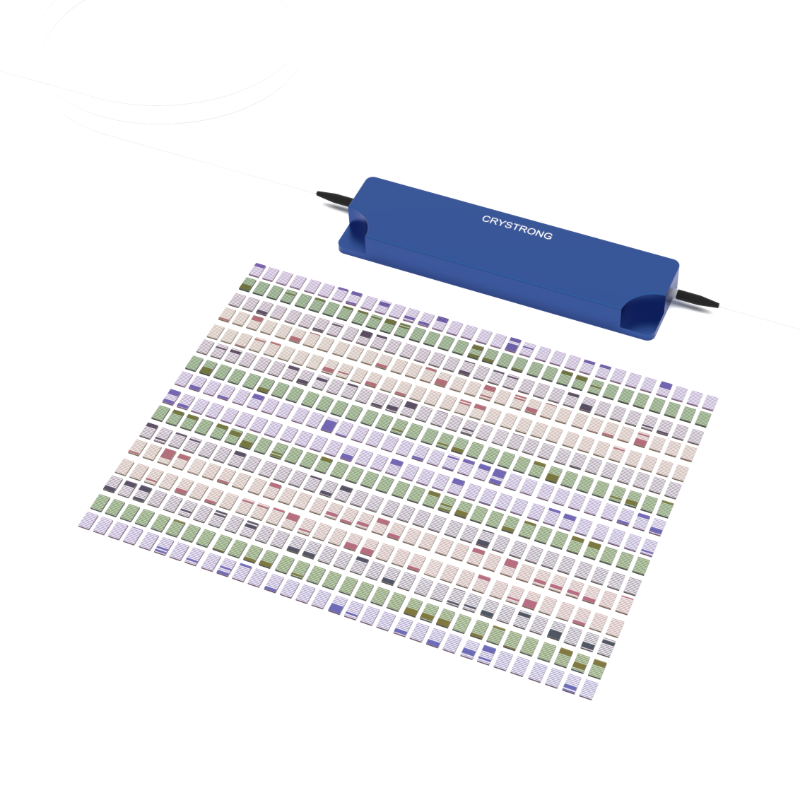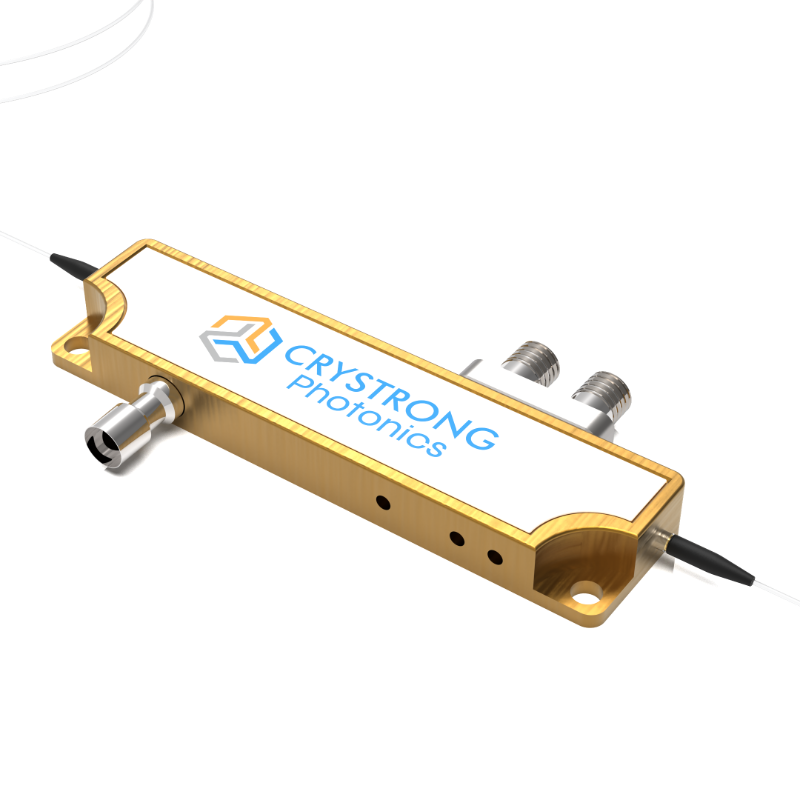PPLN Waveguide
We are available 24/7 by e-mail, whatsapp or by phone. You can also use our quick contact form to ask a question about our products.
Product Description:
Key Features
• Available for SHG/SFG/DFG nonlinear frequency conversion
• High efficiency coupling between optical fiber and waveguide
• High conversion efficiency
• High damage threshold
• High long-term stability
Product Introduction
Proton exchange method and metal diffusion method are the most common methods to prepare lithium niobate waveguide, due to the use of these two methods of the preparation of waveguide device waveguide differ with the refractive index of substrate layer is small, light limit function is weak, and in the process of making the introduction of foreign ions can destroy the properties of lithium niobate crystal, so as to affect the performance of the waveguide. Based on the ridge waveguide structure of lithium niobate single crystal film (LNOI), the refractive index difference between the core and the shell of the waveguide is greatly increased, and the optical limiting effect of the waveguide is enhanced, so the nonlinear effect of the lithium niobate waveguide can be improved. In addition, the lithium niobate ridge waveguide has a higher optical damage threshold and is suitable for high power frequency conversion devices.
Application
• High Power Single Frequency Laser
• Quantum Key Distribution System
• Laser Radar
• Optical Sensing
Related product recommendations

